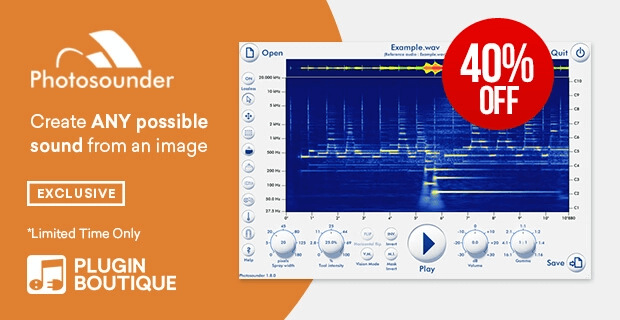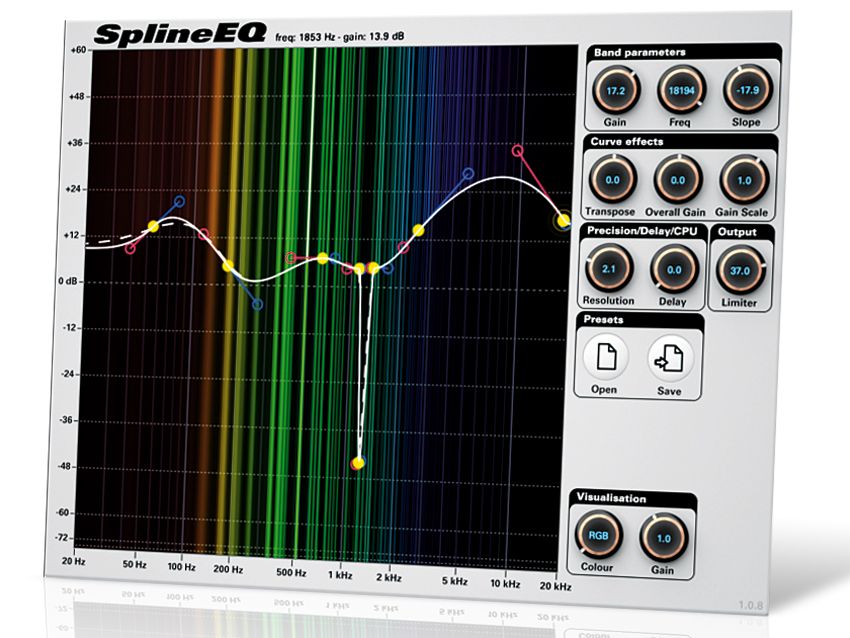

- #Similar to photosounder full#
- #Similar to photosounder portable#
- #Similar to photosounder pro#
- #Similar to photosounder software#
- #Similar to photosounder license#
It has an innovative interface and many fine features, and it allows layering and masking of multiple images. The “Pro” version of Pixelmator was introduced in November 2017.
#Similar to photosounder pro#
NOTE: Windows users might find Corel’s Paintshop Pro 2018 a good “do-it-all” solution – I tested only Corel’s raw developer program Aftershot Pro, which Paintshop Pro uses.
#Similar to photosounder license#
It’s just that ON1’s license is “perpetual.”

However, ON1’s cost to buy and maintain is similar to Adobe’s Creative Cloud Photo subscription plan. In fact, ON1 allows you to migrate your Lightroom catalog into its format. Of all the contenders tested here, this is the only program that can truly replace both Lightroom and Photoshop, in that ON1 has cataloguing, raw developing, and image layering and masking abilities. These programs can not only develop at least single raw images, if not many, but also offer some degree of image layering, compositing, and masking like Photoshop. Photoshop Contenders: Four Raw Developers with Layering/Compositing Yes, it’s free, but the learning curve is precipitous. It offers a bewildering blizzard of panels and controls, among them the ability to apply dark frames and flat field images, features unique among any raw developer and aimed specifically at astrophotographers. This free open source program has been created and is supported by a loyal community of programmers. DxO also recently acquired the excellent Nik Collection of image processing plug-ins, so we can expect some interesting additions and features.
#Similar to photosounder full#
While it has an image browser, PhotoLab does not create a catalog, so this isn’t a full Lightroom replacement, but it is a superb raw developer. The ELITE version of what DxO now calls “PhotoLab” offers DxO’s superb PRIME noise reduction and excellent ClearView contrast enhancement feature. The MacOS version resembles the Windows Pro version. Only the Pro version offers the full suite of raw development features, in addition to cataloging functions. Windows users have a choice of either a Standard or Professional version. My question is, how well do they work? Are any serious contenders to replace Photoshop or Lightroom? Lightroom Contenders: Five Raw DevelopersĪCDSee Photo Studio (current as of late 2017)Ĭost: $60 to $100, depending on version, upgrades $40 to $60. Thus the popularity of these alternative programs.

#Similar to photosounder software#
Though $120 for a year is not far off the cost of purchasing many of these other programs and perhaps upgrading them annually, many photographers prefer to purchase their software and not subscribe to it. Or use one of the phrases purely as an occasional fill.Photoshop and Lightroom complement each other and are now available together, but only by monthly subscription through Adobe’s Creative Cloud service, at $10/month. Of the other to make a 'call and response' theme. Alternatively, combine your ideas - say, the first half of one with the latter half The obvious tactic is to commit yourself to one idea and ditch the rest - you can always use them in other tracks. If you've got too many good ideas fighting for attention, listeners may fail to latch onto the memorable central hook.
#Similar to photosounder portable#
Instead of starting tracks with sounds from virtual instruments or sample packs, grab a microphone and get sampling, or take a portable recorder or phone outside and see what you can capture. If you can get your ideas sounding good with a bit of filtering here and there, things will come together much more quickly, with less EQ-twiddling madness required. Use keytracking filters in synths and samplers when you want the timbre to stay constant from note to note. Never forget the power of the good-old resonant filter as a fast and efficient tone-shaping tool - that's what it's designed for, after all! Try a resonant low-pass on a frequency-rich chord sample, for example, to give a muted, low-key feel. Alternatively, use your DAW's MIDI plugins to create variations and record the MIDI to a new track to capture it permanently. At the more complex end of the scale, check out Logic's MIDI Transform and Cubase's MIDI Logical Editor - these offer deep and powerful ways to manipulate MIDI. To create variations, we usually reach for audio effects or different instruments… but why not manipulate the MIDI itself? At its most basic, you could reverse a pattern, double/halve its length, or quantise it to a grid it's not intended to fit.


 0 kommentar(er)
0 kommentar(er)
